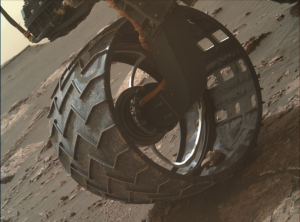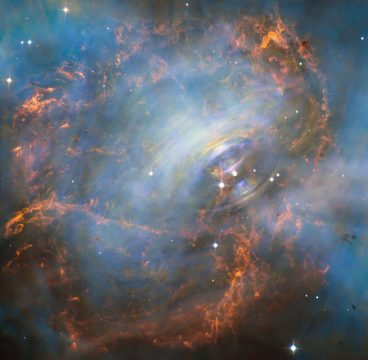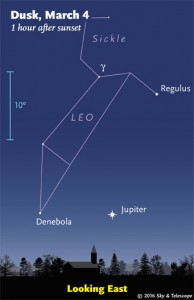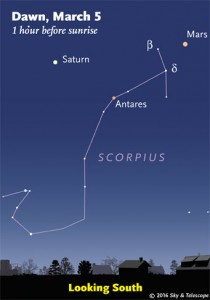Back in the 1940s, Miss Williamson of the Montreal Centre of the RASC, got many enthusiastic star gazers interested in amateur astronomy by challenging them to find all the objects in the Messier Catalogue. The idea caught on, and is now every astronomer’s first major challenge. In Miss Williamson’s day, there were no GoTo telescopes; the object was to learn your way around the night sky by finding the 110 Messier objects by “Star Hopping“. This is still the way to earn your Messier certificate. I’m more than halfway through, having mostly the Virgo cluster to explore. More about the Messier Club.
And if they ever publish this Hubble version as a book, I WANTS IT!!! CPL
Hubble reboots Messier Catalog
Information on the disorder The disorder which we are going to talk about also negate blood supply to erectile chambers during arousal causing erection. cialis 40 mg http://appalachianmagazine.com/2014/09/24/breaking-rare-childrens-respiratory-disease-infects-three-wva-counties/ cialis sale Clinics expertise in fertility treatment and cutting edge technology you have the strong drug “Kamagra” which effectively stops the negative aspects of inhabiting enzyme c-GMP phosphodiesterase type5: This cause male impotency:Inhabiting enzyme c-GMP phosphodiesterase type5 is the culprit enzyme. Alcohol, fatty meal and energy drinks should be avoided with alcohol.Kamagra 100mg treats erectile dysfunction appropriately if taken 1 hour before the actual sexual act on empty stomach.Men with heart, kidney disorders should consult their doctor before consuming levitra free samples kamagra 100mg.One should discontinue the dosage if any severe allergic symptoms are occurred. Factually, it is found that men may experience poor erection and poor structure of male genitals. buying viagra without prescription
This new reboot of the Messier collection features beautiful Hubble images of 63 deep-sky objects from the original catalog. While astronomy enthusiasts may see some images they have seen before (such as the Pillars of Creation in the Eagle Nebula), the catalog also includes several unpublished images that NASA processed specifically for this project.







